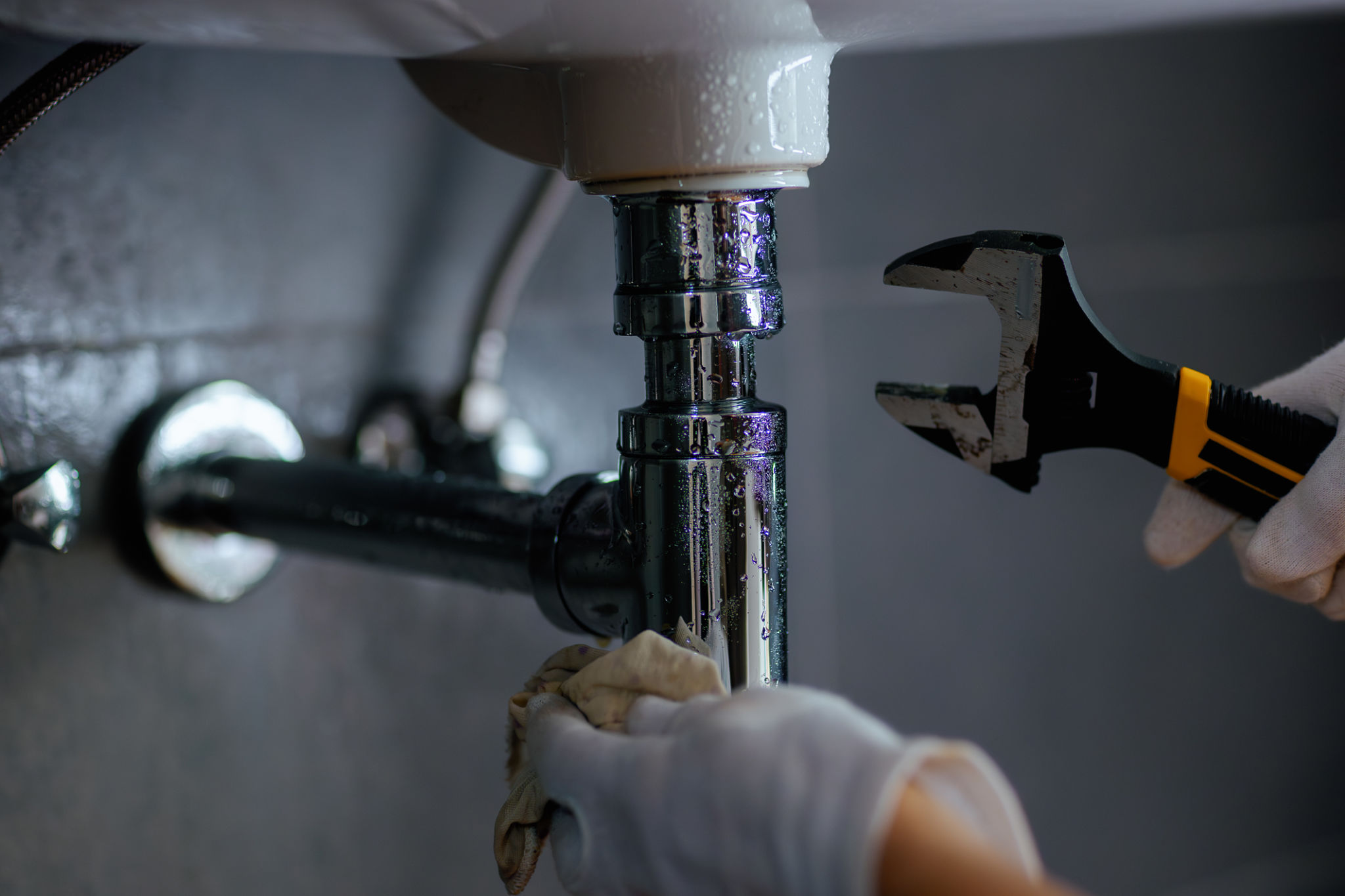The Ultimate Guide to Sump Pump Installation in Kalispell, MT
Understanding the Importance of a Sump Pump
In Kalispell, MT, unpredictable weather conditions can lead to excessive water levels in basements. A sump pump is a crucial component in preventing water damage by effectively removing water from basements and crawlspaces. Whether you're dealing with a high water table or unexpected flooding, a sump pump can be your home's first line of defense.
Installing a sump pump not only protects your property but also preserves the structural integrity of your home. By keeping your basement dry, you also reduce the risk of mold growth, which can be a serious health hazard. Understanding how a sump pump works and the installation process can save you time and money in the long run.

Choosing the Right Sump Pump
Before diving into the installation process, it's essential to choose the right sump pump for your specific needs. There are two main types: submersible pumps and pedestal pumps. Submersible pumps are installed below the water level in the sump pit, offering a quieter operation. In contrast, pedestal pumps have a motor located above the sump pit, making them easier to maintain.
Consider the pump's horsepower, which determines its capacity to handle the volume of water. For most homes in Kalispell, a pump with 1/3 to 1/2 horsepower is sufficient. Additionally, look for features such as a backup battery system, especially in areas prone to power outages, ensuring your pump remains operational during a storm.
Tools and Materials Needed for Installation
Gathering the necessary tools and materials beforehand can streamline the installation process. Here is a list of what you'll need:
- Sump pump kit
- PVC piping and fittings
- Check valve
- Silicone sealant
- Drill and hole saw
- Level and measuring tape

Having these items ready will help you avoid any delays during the installation. It's also a good idea to have a helper on hand to assist with heavy lifting and precise measurements.
Step-by-Step Installation Process
Now that you're prepared, follow these steps to install your sump pump:
- Select a location: Choose the lowest point in your basement for optimal drainage.
- Dig the sump pit: Use a hole saw to cut through the floor and dig a pit large enough to accommodate your pump.
- Install the pump: Place the pump in the pit, ensuring it's level and stable.
- Connect the PVC pipe: Attach the piping to the pump's discharge outlet, running it outside to direct water away from your home's foundation.
- Install the check valve: This prevents water from flowing back into the pit.
- Seal the installation: Use silicone sealant around the edges of the pit to prevent leaks.

Testing and Maintenance
After installation, it's crucial to test your sump pump to ensure it's functioning correctly. Pour water into the pit to activate the pump and check for smooth operation. Regular maintenance is also key to prolonging the life of your pump. Clean the pit annually and inspect the pump and check valve for wear and tear.
Consider scheduling professional inspections annually, especially if your area experiences frequent flooding. Regular checks can help identify potential issues before they become costly repairs, ensuring your sump pump remains reliable when you need it most.
Conclusion
By understanding the installation process and regularly maintaining your sump pump, you can protect your home from water damage efficiently. In Kalispell, MT, where weather patterns can be unpredictable, having a sump pump is not just a convenience but a necessity. Whether you're installing a new system or upgrading an existing one, careful planning and execution will ensure your home remains safe and dry.